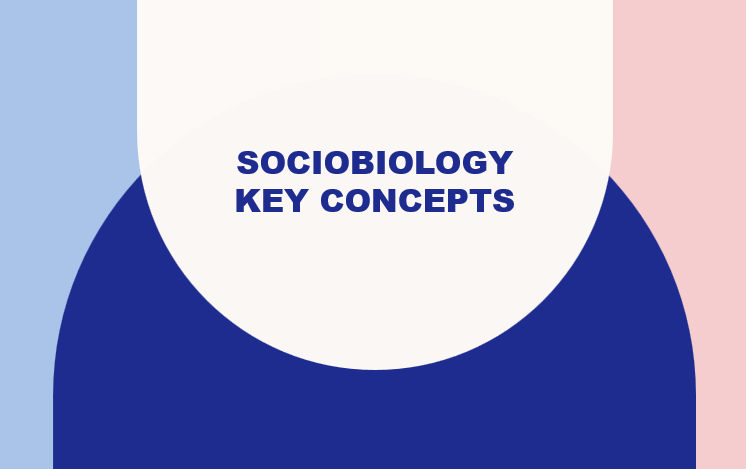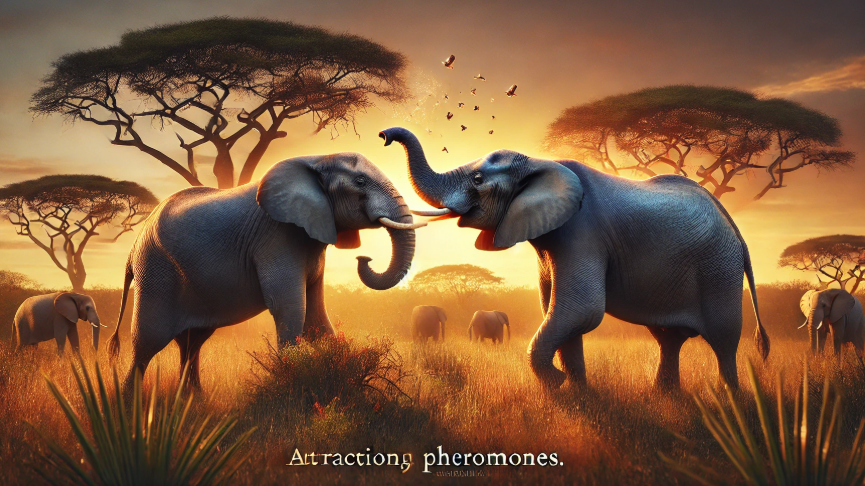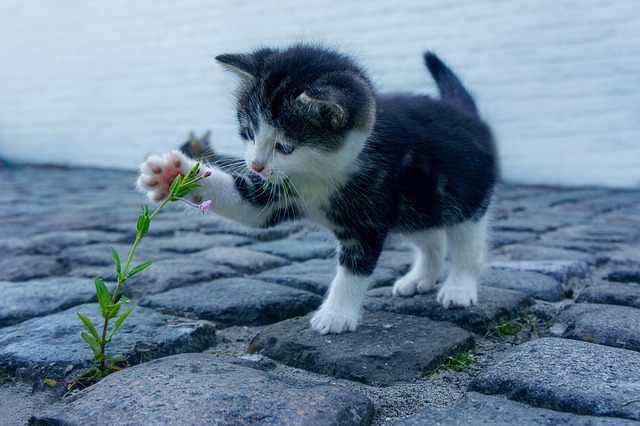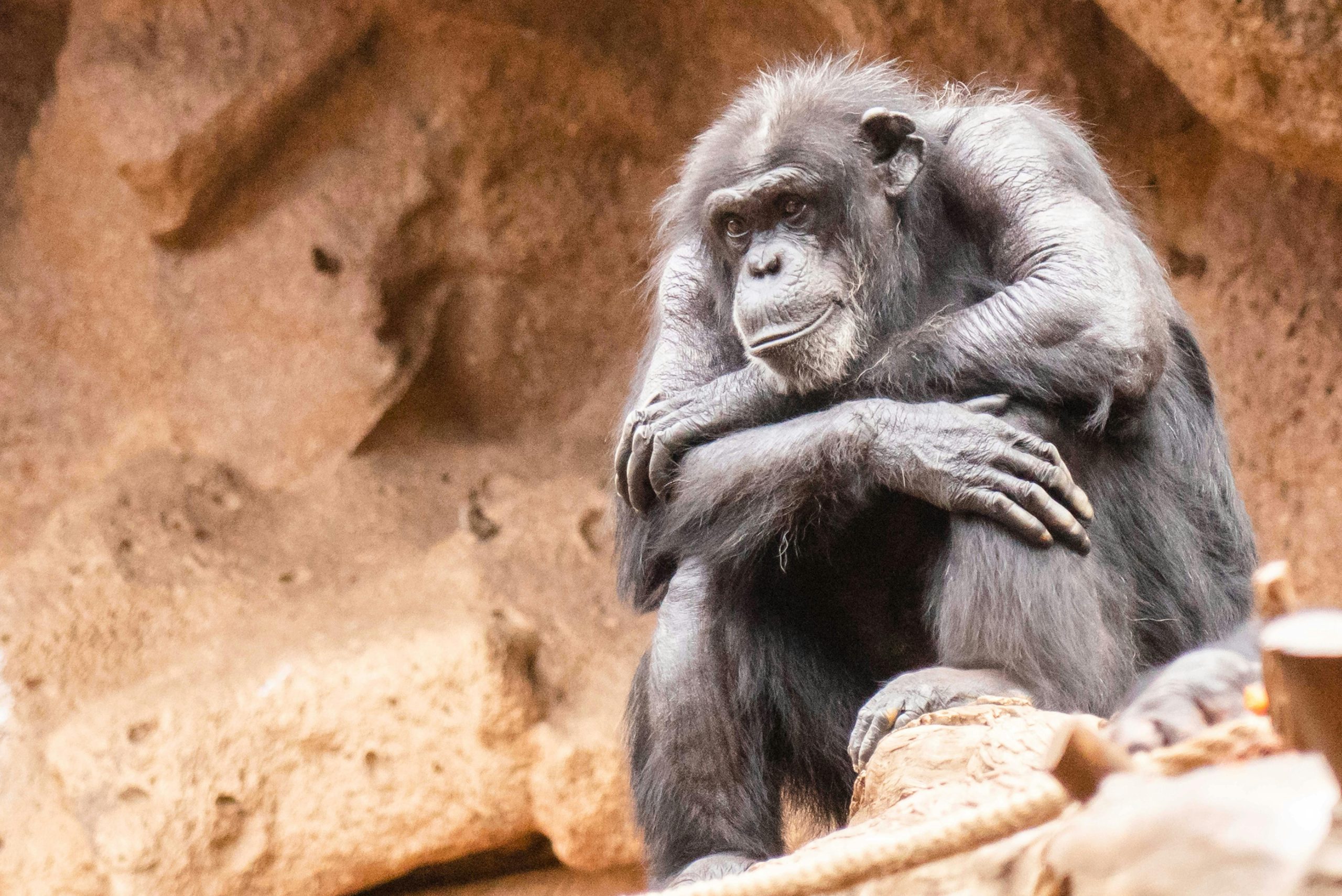Understanding Sociobiology: The Evolution of Social Behavior

Sociobiology is a fascinating field that explores the evolutionary roots of social behavior in both animals and humans. It provides insights into how behaviors like cooperation, altruism, and competition are influenced by genetic and evolutionary pressures.
What is Sociobiology?
Sociobiology combines biology, anthropology, and psychology to study the social behaviors of organisms. Coined by Edward O. Wilson in 1975, the discipline explains how evolution shapes behaviors that enhance survival and reproduction. By applying evolutionary principles, sociobiology offers a comprehensive view of social dynamics across species.
John Paul Scott was a prominent figure in the study of animal behavior and genetics, particularly in the context of social behaviors. While he did not coin the term sociobiology, his work significantly influenced the field.
The term sociobiology was coined by Edward O. Wilson, an American biologist, in his 1975 book Sociobiology: The New Synthesis. This groundbreaking work introduced the idea of studying social behaviors in animals and humans through the principles of evolution, bridging biology and the social sciences. Wilson’s work laid the foundation for sociobiology as a distinct scientific discipline.
Key Figures in Sociobiology
Two prominent figures have significantly influenced sociobiology:
William D. Hamilton
Hamilton introduced the concept of kin selection and formulated Hamilton’s Rule, which predicts when altruistic behavior is likely to evolve. His groundbreaking work laid the foundation for understanding how genetic relatedness drives social interactions.
Richard Dawkins
Dawkins popularized the gene-centered view of evolution with his book The Selfish Gene. He also expanded the concept of phenotype to include an organism’s influence on its environment and coined the term meme to describe cultural transmission.
Exploring Social Behaviors
Social behaviors can be broadly categorized into altruism, cooperation, selfishness, and spite. These behaviors depend on the degree of relatedness between individuals. For example, altruism is more common among closely related individuals as it increases their collective genetic fitness.
Altruism and Kin Selection
Altruism is a behavior where an individual sacrifices its own fitness for the benefit of others. Kin selection explains this phenomenon by suggesting that such behaviors are likely to occur among close relatives who share a significant proportion of their genes.
Hamilton’s Rule provides a mathematical framework to predict altruistic actions. The rule states that altruism is favored when the genetic benefits to the recipient exceed the costs to the actor.
Altruism in Sociobiology
Altruism refers to behaviors where an individual reduces its own fitness to benefit others. This might seem counterintuitive from an evolutionary perspective since it appears to disadvantage the altruistic individual. However, sociobiology explains altruism through genetic and evolutionary principles.
For example:
- Worker bees sacrifice their ability to reproduce to help the queen produce offspring, ensuring the hive’s survival.
- Prairie dogs give alarm calls to warn relatives of predators, even though the caller risks drawing attention to itself.
These actions, while costly to the individual, enhance the survival of closely related individuals, indirectly propagating the altruistic individual’s genes.
Kin Selection
Kin selection is a mechanism that explains altruistic behavior through the lens of genetic relatedness. It was introduced by William D. Hamilton and is central to understanding altruism in sociobiology.
Key Concept:
Kin selection posits that individuals are more likely to help those who share a higher proportion of their genes. The likelihood of altruistic behavior depends on the degree of relatedness (rr) and the benefits and costs associated with the action.
Hamilton’s Rule
Hamilton’s Rule mathematically defines when altruistic behavior will evolve:
r×B>Cr \times B > C
Where:
- rr: Degree of genetic relatedness between the altruist and the recipient (e.g., r=0.5r = 0.5 for siblings).
- BB: Benefit to the recipient (e.g., increased survival or reproduction).
- CC: Cost to the altruist (e.g., energy or risk involved).
Interpretation:
Altruism is more likely to occur if the genetic benefit to the recipient, weighted by their relatedness to the altruist, outweighs the cost to the altruist.
Examples in Nature
- Parental Care: Parents often sacrifice resources or even their safety to ensure their offspring’s survival. This is a direct example of kin selection since offspring carry 50% of the parent’s genes.
- Social Insects: Worker ants and bees forego reproduction entirely, instead dedicating their lives to supporting the queen, who is their close genetic relative.
- Alarm Calls: Animals like ground squirrels emit warning cries when predators approach, benefiting relatives who share their genes.
Altruism and Inclusive Fitness
Inclusive fitness combines an individual’s personal fitness with the fitness of their relatives. It provides a broader measure of genetic success.
- Direct Fitness: Success from an individual’s reproduction.
- Indirect Fitness: Success from aiding the reproduction of relatives.
For instance, by helping a sibling raise their offspring, an individual indirectly ensures the survival of shared genes.
Key Concepts in Sociobiology
1. Food Sharing
Food sharing is a common social behavior observed in many species, where individuals share food with others in their group, often at the cost of their own immediate benefit. This behavior is usually explained through the concepts of kin selection and reciprocal altruism.
- Kin Selection: In some species, individuals share food with relatives to increase their inclusive fitness. By ensuring the survival of kin who carry similar genetic material, the sharer helps propagate their own genes indirectly.
- Reciprocal Altruism: In other cases, food sharing may occur between unrelated individuals as a form of mutual benefit. A situation where one individual shares food, expecting that the favor will be returned in the future. This is seen in species like vampire bats, where bats share blood meals with roost mates in exchange for future assistance.
2. Confuse the Predator
This behavior refers to tactics employed by animals to confuse or deter predators, increasing the chances of survival. It often involves cooperative behaviors where individuals act together to confuse or evade predators.
- Examples:
- Mobbing: In many bird species, smaller birds will mob larger predators, such as hawks, in a group. The coordinated attack often overwhelms or confuses the predator, making it less likely to capture any one bird.
- Distraction Displays: Some animals, like certain species of moths, will display exaggerated movements or behaviors to distract a predator away from themselves or their nest.
- Confusing Patterns: Some prey animals, like zebras, have patterns that confuse predators. The stripes may make it difficult for predators to single out one individual from the herd.
These tactics enhance the survival chances of individuals by creating confusion and reducing the effectiveness of predation.
3. Cooperation and Reciprocation
Cooperation refers to the behavior in which individuals work together to achieve a common goal, often enhancing each other’s survival or fitness. It is a key component of sociobiology and is frequently observed in social animals.
- Types of Cooperation:
- Mutual Benefit: Cooperation where both individuals gain. For example, cleaner fish and host fish in coral reefs; cleaner fish remove parasites from host fish in exchange for food.
- Reciprocal Altruism: Individuals may help others with the expectation that the favor will be returned in the future. This is often seen in species with long-term relationships, such as primates and some bird species.
The Evolutionary Basis:
Reciprocal altruism is explained by Hamilton’s Rule, which suggests that cooperation is more likely to evolve when the benefits to the recipient, adjusted for relatedness, outweigh the costs to the actor. Over time, individuals that engage in reciprocal exchanges increase their chances of survival through mutual support.
4. Selfishness
Selfishness in sociobiology refers to behaviors where an individual acts in a way that maximizes its own fitness, even at the expense of others. While this may seem antagonistic, selfish behavior can still be evolutionarily advantageous in certain contexts.
- Examples of Selfish Behavior:
- Resource Hoarding: An animal may hoard food or territory to benefit itself, excluding others from these resources.
- Intraspecific Competition: Individuals may engage in aggressive behaviors to secure mating opportunities or territory, potentially disadvantaging others in the process.
Evolutionary Perspective:
Selfish behavior is a natural outcome of natural selection, where individuals maximize their personal fitness. However, in cooperative societies, selfishness may sometimes lead to conflicts or a reduction in group cohesion, which can be offset by mechanisms like kin selection or reciprocal altruism.
5. Eusociality
Eusociality refers to the highest level of social organization where individuals live in a cooperative group structure, often with a single reproductive individual and many non-reproductive helpers. This complex social structure is commonly found in insects but is also seen in some mammals.
- Characteristics of Eusocial Species:
- Cooperative Care of Offspring: In eusocial species, such as ants, bees, and termites, individuals cooperate to care for the offspring of a single reproductive female (the queen).
- Division of Labor: There is a clear division of labor in eusocial societies. Workers may have specialized roles, such as foraging, defense, or tending to the queen’s eggs.
- Overlapping Generations: Eusocial species often live in groups with multiple generations, where offspring assist their parents in raising future generations.
- Evolutionary Explanation:
Eusociality is often explained by kin selection. Since workers are usually highly related to the queen’s offspring, they increase their inclusive fitness by helping raise their siblings. The evolutionary success of eusociality arises from the close genetic relationships among colony members. - Examples:
- Honeybees: Worker bees forgo reproduction to help the queen produce offspring. Their genetic relatedness to the queen’s brood makes this behavior beneficial from an evolutionary perspective.
- Ants: Worker ants care for the queen’s larvae and defend the colony. In return, they increase the fitness of their genes by supporting the colony’s overall success.
Implications for Humans
While altruism in animals is often explained through kin selection, human behavior is more complex. Cultural norms, moral values, and social structures influence altruistic actions in humans. Nevertheless, evolutionary principles can still provide insights into why humans may help relatives or form cooperative groups.
Altruism in sociobiology highlights the interplay between individual sacrifice and the survival of shared genetic material, emphasizing the intricate connections between genes, behavior, and evolution.
Fitness: Personal and Inclusive
Fitness is a key concept in sociobiology and is measured by an individual’s ability to pass on its genes. While personal fitness focuses on direct reproduction, inclusive fitness includes the survival and reproduction of close relatives. This dual perspective helps explain behaviors like the self-sacrifice of worker bees for their hives.
The Legacy of Sociobiology
Sociobiology has revolutionized our understanding of social behavior by providing an evolutionary framework. It extends beyond animals to humans, offering explanations for cultural phenomena and social structures. Despite its controversies, the discipline continues to bridge biology and the social sciences, providing valuable insights into the natural world.
Hi, I’m Hamid Ali, an MSc in Biotechnology and a passionate Lecturer of Biology with over 11 years of teaching experience. I have dedicated my career to making complex biological concepts accessible and engaging for students and readers alike.
Beyond the classroom, I’m an avid blogger, sharing insights, educational resources, and my love for science to inspire lifelong learning. When I’m not teaching or writing, I enjoy exploring new advancements in biotechnology and contributing to meaningful discussions in the scientific community.
Thank you for visiting my blog! Feel free to connect and explore more of my work.






